Growing Artichokes at Home might seem like a culinary dream reserved for sprawling Mediterranean villas, but I’m here to tell you that this thorny delicacy can absolutely thrive in your own backyard! Forget those pricey grocery store artichokes – imagine plucking your own fresh, plump globes straight from the garden.
Artichokes boast a rich history, dating back to ancient Roman times where they were considered a luxurious treat. Over centuries, their cultivation spread throughout the Mediterranean, becoming a staple in cuisines from Italy to North Africa. Now, you can bring a touch of that history and flavor to your own table.
Why bother with the effort? Well, store-bought artichokes often lack the freshness and vibrant flavor of homegrown ones. Plus, growing artichokes at home is incredibly rewarding! Not only will you enjoy delicious, organically grown produce, but you’ll also add a stunning architectural element to your garden. These plants are truly beautiful, with their silvery-green foliage and striking purple thistle-like flowers (if you let some bloom!).
This DIY guide will walk you through everything you need to know, from selecting the right variety and preparing your soil to harvesting your very own artichoke bounty. I’ll share my favorite tips and tricks for success, even if you’re a beginner gardener. Get ready to impress your friends and family with your homegrown artichoke creations!
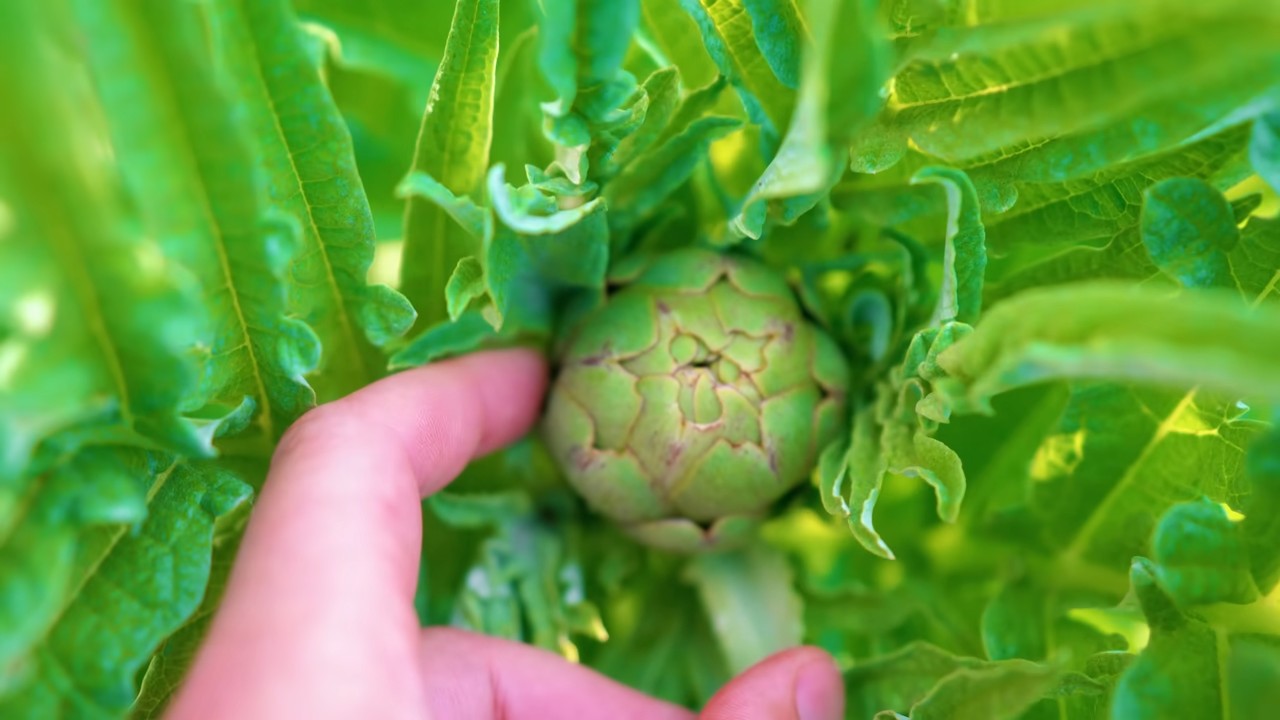
Growing Artichokes Yourself: A Comprehensive DIY Guide
Hello garden friends! Have you ever wondered how to grow these prickly beauties, artichokes, at home? I’ve tried it and I can tell you, it’s not as hard as it looks! With a little patience and the right steps, you too can harvest your own artichokes. Let’s dive into the world of artichoke growing together!
What You Need for Growing Artichokes
Before we get started, here is a list of things you should have ready:
- Artichoke seeds or young plants (I recommend young plants for an easier start)
- A sunny location with at least 6-8 hours of direct sunlight per day
- Well-draining, fertile soil (artichokes love it when the soil is rich in organic matter)
- Compost or well-rotted manure for soil improvement
- Garden shovel or spade
- Watering can or garden hose
- Mulch (e.g., straw or wood chips)
- Plant stakes (optional, for supporting the plants)
- Pruning shears or knife for harvesting
The Preparation: The Key to Success
Proper preparation is the key to a successful artichoke harvest. Here are the steps you should follow:
- Choosing the right location: Artichokes love the sun! Find a spot in your garden that gets at least 6-8 hours of direct sunlight per day. A location protected from the wind is ideal, as strong winds can damage the plants.
- Preparing the soil: Artichokes are heavy feeders and require nutrient-rich soil. Loosen the soil thoroughly and remove weeds and stones. Then, mix in plenty of compost or well-rotted manure to improve the soil structure and nutrient content. The soil should be well-draining to prevent waterlogging.
- Checking the soil’s pH level: Artichokes prefer a slightly acidic to neutral pH (between 6.0 and 7.0). You can check the pH level with a soil test kit and adjust it if necessary.
The Planting: The Start of the Artichoke Adventure
Now, let’s get down to business! Here are the steps for planting your artichokes:
- Choosing the right time: The best time to plant artichokes is in the spring (after the last frost) or in the fall. If you live in a region with mild winters, you can also plant them in the fall.
- Digging planting holes: Dig planting holes that are twice as wide and deep as the root ball of the young plants. Leave about 90-120 cm of space between the plants, as artichokes can grow quite large.
- Placing the plants: Carefully remove the young plants from their pots and gently loosen the root ball. Place the plants in the planting holes and fill them with soil. Make sure the root ball is completely covered.
- Watering in: Water the plants thoroughly after planting. This helps to settle the soil around the roots and provide the plants with moisture.
- Mulching: Apply a layer of mulch (e.g., straw or wood chips) around the plants. This helps to retain moisture in the soil, suppress weeds, and protect the soil from temperature fluctuations.
The Care: Making Artichokes Happy
Artichokes are relatively low-maintenance, but there are a few things you should keep in mind to achieve a bountiful harvest:
- Watering: Artichokes require regular watering, especially during dry periods. Make sure the soil is always slightly moist, but avoid waterlogging.
- Fertilizing: Fertilize the plants regularly with an organic fertilizer or compost. One application in the spring and another in the summer is ideal.
- Removing weeds: Keep the area around the plants free of weeds. Weeds compete with the artichokes for nutrients and water.
- Controlling pests and diseases: Artichokes can be affected by various pests and diseases, such as aphids, slugs, or powdery mildew. Check the plants regularly and control pests and diseases as needed with appropriate measures. I prefer natural methods, such as hand-picking slugs or spraying with nettle tea.
- Using plant stakes: If your artichokes grow very large, you can support them with plant stakes to prevent them from toppling over.
The Harvest: The Reward for Your Effort
Finally, the time has come! The harvest season is here. Here are the steps for harvesting your artichokes:
- Recognizing the right time: Artichokes are ready to harvest when the buds are firm and plump, but the scales are still closed. The outer scales may open slightly, but the bud should not yet be blooming.
- Harvesting the artichokes: Cut the artichokes with pruning shears or a knife about 5-8 cm below the bud.
- Encouraging side shoots: After harvesting the main bud, you can encourage side shoots by cutting the remaining stalks back to about 15 cm. The side shoots will then develop smaller artichokes.
- Enjoying the harvest: Artichokes can be prepared in various ways, such as boiled, grilled, or stuffed. They are a delicious and healthy delicacy!
Overwintering: Getting Artichokes Through the Winter
Artichokes are generally perennials, but in regions with cold winters, they need to be protected from frost. Here are a few tips for overwintering:
- Cutting back: After the harvest in the fall, cut the plants back to about 15 cm.
- Mulching: Apply a thick layer of mulch (e.g., straw or leaves) around the plants to protect them from frost.
- Covering: In very cold regions, you can additionally cover the plants with fleece or burlap sacks.
- Overwintering in pots: If you have grown your artichokes in pots, you can also move them to a cool, frost-free location (e.g., a garage or cellar). Water them only sparingly during the winter.
Additional Tips and Tricks
- Propagating artichokes: Artichokes can be propagated by seed, division, or root cuttings. Propagation by division is the easiest method.
- Artichokes as ornamental plants: Artichokes are not only tasty but also beautiful ornamental plants. Their large, silvery-green leaves and purple flowers are a real eye-catcher in the garden.
- Growing artichokes in pots: Artichokes can also be grown in pots if you don’t have a garden. Choose a large pot with good drainage and use high-quality potting soil.
I hope this guide has helped you grow your own artichokes. It’s a rewarding project that will reward you with delicious and healthy artichokes. Happy gardening
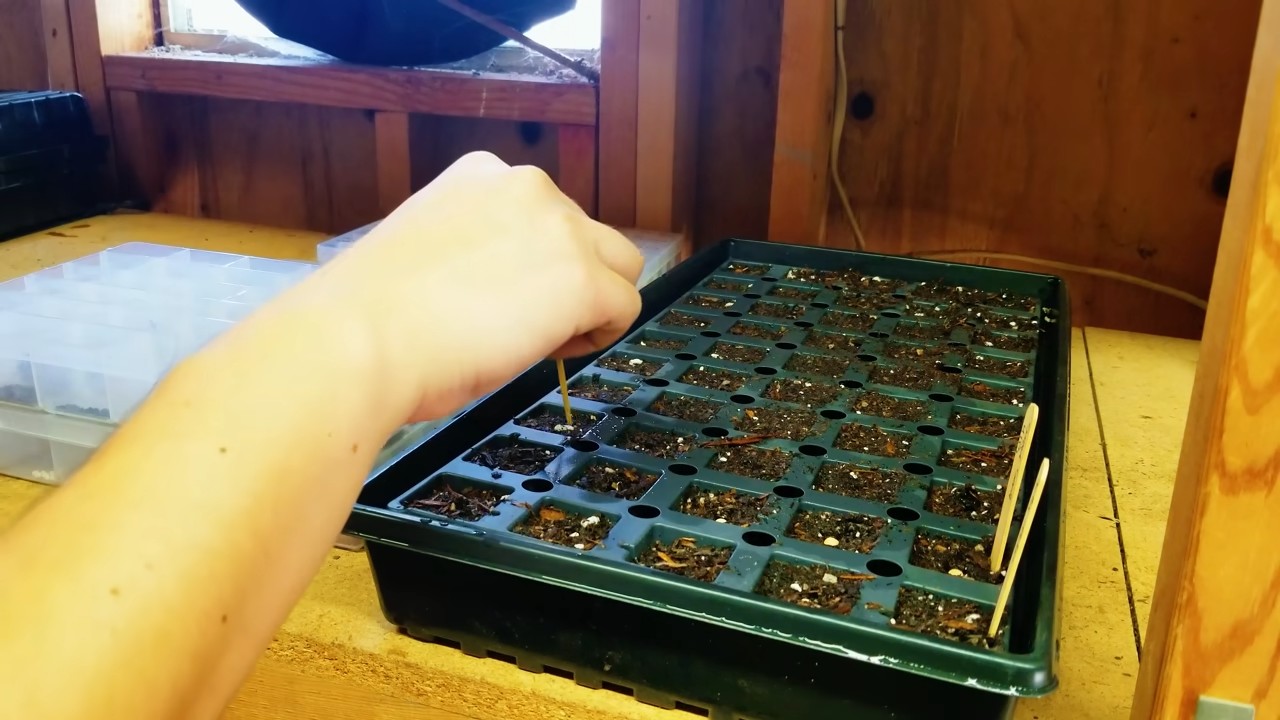
Conclusion
So, there you have it! Growing artichokes at home isn’t just a gardening project; it’s an investment in delicious, healthy eating and a rewarding connection to the natural world. We’ve walked through the steps, from choosing the right variety to harvesting your spiky treasures, and hopefully, demystified the process along the way.
Why is this DIY trick a must-try? Because fresh, homegrown artichokes are simply incomparable to anything you’ll find in the grocery store. The flavor is more intense, the texture is more tender, and the satisfaction of eating something you nurtured from a seedling is immeasurable. Plus, you’ll know exactly where your food came from and what went into growing it – no mystery pesticides or long-distance transportation to worry about.
But the benefits extend beyond the culinary. Artichoke plants are stunning additions to any garden, adding architectural interest with their silvery-green foliage and dramatic flower buds. They attract beneficial insects and pollinators, contributing to a healthier ecosystem in your backyard. And let’s not forget the sheer joy of watching something grow and thrive under your care.
Looking for variations? Consider these ideas:
* **Container Gardening:** If you’re short on space, try growing dwarf artichoke varieties in large containers. This allows you to move them to sheltered locations during harsh weather and still enjoy fresh artichokes.
* **Companion Planting:** Plant artichokes alongside herbs like rosemary, thyme, and sage to deter pests and enhance their flavor. Marigolds are also excellent companions, attracting beneficial insects and adding a splash of color to your garden.
* **Different Varieties:** Experiment with different artichoke varieties to find your favorite. ‘Green Globe’ is a classic choice, but ‘Violetta’ offers a beautiful purple hue and a slightly sweeter flavor. ‘Romanesco’ is another popular option, known for its tender hearts and nutty taste.
* **Overwintering:** In colder climates, protect your artichoke plants during the winter by mulching heavily around the base and covering them with burlap or frost blankets. This will help them survive the cold and produce an earlier crop the following year.
We wholeheartedly encourage you to give growing artichokes at home a try. It’s a project that offers both practical rewards and a deep sense of connection to the earth. Don’t be intimidated by the perceived difficulty – with a little planning and care, you can successfully cultivate these delicious and beautiful plants in your own backyard.
And most importantly, we want to hear about your experience! Share your successes, your challenges, and your favorite artichoke recipes in the comments below. Let’s build a community of artichoke enthusiasts and learn from each other. Happy gardening!
Frequently Asked Questions (FAQ)
Q: What is the best time of year to plant artichokes?
A: The ideal time to plant artichokes depends on your climate. In mild-winter regions (zones 7-10), you can plant artichokes in the fall for a spring harvest. In colder climates (zones 6 and below), it’s best to start artichokes indoors 8-10 weeks before the last expected frost and transplant them outdoors in the spring after the danger of frost has passed. This gives them a head start and allows them to establish themselves before the heat of summer.
Q: How much space do artichoke plants need?
A: Artichoke plants can grow quite large, reaching up to 3-4 feet in height and width. Therefore, it’s essential to provide them with ample space to thrive. Space plants at least 3-4 feet apart in rows that are 4-6 feet apart. This will allow for good air circulation and prevent overcrowding, which can lead to disease problems. If you’re growing artichokes in containers, choose large pots that are at least 18-24 inches in diameter.
Q: What kind of soil do artichokes prefer?
A: Artichokes thrive in well-drained, fertile soil that is rich in organic matter. They prefer a slightly acidic to neutral soil pH (around 6.0-7.0). Before planting, amend your soil with compost, aged manure, or other organic materials to improve its drainage and fertility. If your soil is heavy clay, consider adding sand or perlite to improve drainage.
Q: How often should I water artichoke plants?
A: Artichokes need consistent moisture, especially during hot, dry weather. Water deeply and regularly, aiming to keep the soil consistently moist but not waterlogged. Avoid overhead watering, as this can promote fungal diseases. Mulching around the base of the plants can help retain moisture and suppress weeds. Check the soil moisture regularly by sticking your finger into the soil a few inches deep. If the soil feels dry to the touch, it’s time to water.
Q: How do I fertilize artichoke plants?
A: Artichokes are heavy feeders and benefit from regular fertilization. Apply a balanced fertilizer (such as 10-10-10) every 4-6 weeks during the growing season. You can also side-dress the plants with compost or aged manure. Avoid over-fertilizing, as this can lead to excessive foliage growth at the expense of flower bud production.
Q: How do I protect artichoke plants from pests and diseases?
A: Artichokes can be susceptible to certain pests and diseases, including aphids, slugs, snails, and powdery mildew. To prevent pest problems, inspect your plants regularly and remove any pests by hand or with a strong spray of water. You can also use organic pest control methods, such as insecticidal soap or neem oil. To prevent diseases, ensure good air circulation around the plants and avoid overhead watering. If you notice signs of disease, remove the affected leaves and treat the plants with a fungicide.
Q: When are artichokes ready to harvest?
A: Artichokes are typically ready to harvest in the spring or early summer, depending on your climate and the variety you’re growing. The buds are ready to harvest when they are plump, firm, and have tightly closed scales. The size of the bud will vary depending on the variety, but generally, you should harvest them before the scales start to open and the flower inside begins to bloom. To harvest, cut the stem about 2-3 inches below the base of the bud.
Q: How do I store artichokes after harvesting?
A: Freshly harvested artichokes can be stored in the refrigerator for up to a week. To store them, trim the stem and wrap the artichokes loosely in a plastic bag. You can also store them in a container of water, with the stems submerged. This will help keep them fresh and prevent them from drying out.
Q: Can I grow artichokes in containers?
A: Yes, you can successfully grow artichokes in containers, especially if you live in a colder climate where they need to be moved indoors during the winter. Choose a large container that is at least 18-24 inches in diameter and fill it with well-draining potting mix. Make sure the container has drainage holes to prevent waterlogging. Dwarf artichoke varieties are particularly well-suited for container gardening.
Q: My artichoke plant produced buds the first year, but none the second year. Why?
A: Several factors can contribute to this. Artichokes are perennials, but their productivity can decline over time. If the plant is several years old, it may simply be reaching the end of its productive lifespan. Also, artichokes need a period of cold exposure (vernalization) to stimulate bud production. If the winter was too mild, the plant may not have received enough chilling hours. Finally, inadequate fertilization or watering can also affect bud production. Make sure to fertilize regularly and provide consistent moisture throughout the growing season. Consider replacing older plants with new ones every few years to maintain optimal yields.

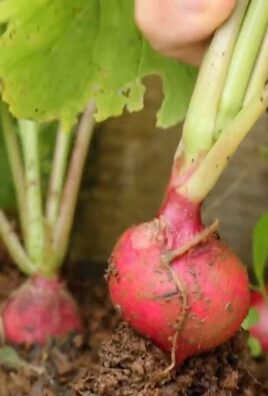
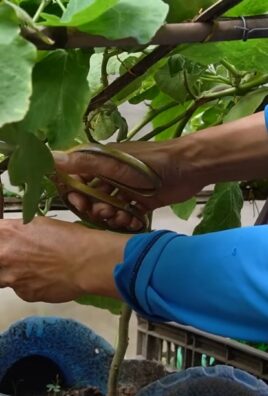
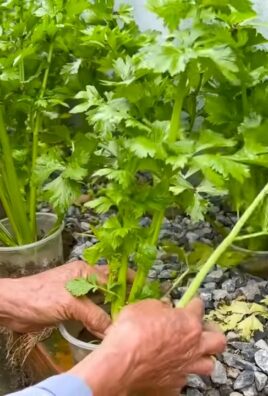
Leave a Comment